|
Are you having difficulty deciding how much lawyers need to know about their technology? You aren’t alone.
Joanne Humber, a U.K.-based technology skills consultant, interviewed the person who runs a law firm’s document production department. “She said: ‘That’s all fine, we’ll do it. But sometimes what they present us with is so bad that we’re wasting time.’ ”
“The lawyers don’t have enough knowledge to give document production people something in reasonably good condition,” said Humber. “The specialists spend too much time correcting basic errors.”
“We’re talking about trainees who come straight out of law school, which is worrying,” Humber added. “They don’t know what a house style is. They don’t know what a table of contents looks like. They can’t do a cross-reference and make sure it’s up to date.”
“You don’t want a highly paid lawyer spending hours on a document when somebody else could more efficiently produce it to a high standard. But there’s a middle road here.”
Keeping lawyers doing value-added work
Susan Wortzman agrees any gaps in technology competence need to be filled. She also agrees document specialists have a cost-containment role to play.
When reached to speak for this article, Wortzman, a partner and leader of McCarthy Tétrault’s e-discovery and information management practice, and her colleagues were facing a sizable redaction job that involved turning more than 1,000 spreadsheets into PDFs.
“Who should do this work?” she asked. “That’s a crazy use of lawyers’ time.” Wortzman wants the reformatting work delegated to document specialists, and the lawyers can take the reformatted documents and redact them using expertise that lawyers are expected to have.
Issues outside a lawyer’s purview
Lawyers can’t always control work slowdowns rooted in technology issues. James Walker noted that sometimes a technology vendor is chosen that isn’t a good fit for a project. “You have to interact with the vendor effectively,” said the partner at American law firm Richards, Kibbe & Orbe LLP. He added that sometimes a client has issues with the vendor, and sometimes the vendor has been selected before the law firm was.
“Something may need to be done to straighten out the relationship,” Walker said. “It’s the lawyer’s responsibility to identify the issue and say something or do something, or manage the situation as best as possible.”
Technology setup
I asked Walker to use Skype for our interview. He was aware of certain “blocks” due to security concerns, so “I had to have two or three IT people set this up today because certain things were blocked,” he chuckled.
I apologized. “Not a problem,” Walker kindly replied.
Tracking outside vendor performance
Inside counsel can use various information sources to track outside counsel performance.
For instance, in-house counsel who assign e-discovery work to outside counsel can periodically review logs to check things like:
- daily time spent in the system per time keeper;
- average, highest and lowest numbers of documents reviewed per hour;
- proportion of relevant versus irrelevant documents tagged;
- number of hours per day law firm staff is logged in to a work system versus the number of hours invoiced for this work.
Numbers like these can help the parties talk frankly about the work.
Private vendor reporting
Some vendors take responsibility for these conversations. “We provide detailed daily reports to clients when we do document review,” Wortzman said. “If I give somebody an estimate on a project and I say we’ll do X number of records per hour, every day I want to say whether we’re above or below.”
Connie Brenton is taking the NetApp, Inc. legal department in this direction. “We had a quarterly business review with our AmLaw 100 firm last week,” said NetApp’s legal department’s senior director of operations. “We provided an entire deck containing qualitative and quantitative summaries of data.”
“What was different with this meeting was that the law firm offered additional data that we might be interested in. They offered to set up a continuation of the meeting to share that data.”
“We talk using business terms,” Brenton continued. “We can see now where the gaps are. We can right-size our work.”
Part three of this series will discuss training and certification options to help lawyers master their work tools.
< Back to Home
|


